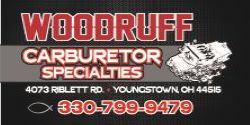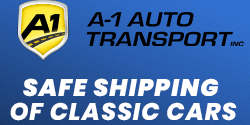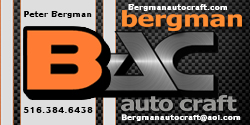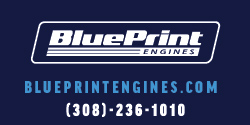From comment section of same video:
"According to the service manuals, the 1971 cast crankshaft was two barrel 383 only and most 1971 383 two barrel engines got forged crankshafts anyway. So maybe late 1971 two barrel only, but not common. In 1972 all 4 barrel 400's got steel cranks and all 2 barrel 400's got cast cranks. For 1973 all automatic 400's got cast cranks and all manual 400's got steel cranks. For 1974 and newer, all 400's got cast cranks, including those with manual transmissions. Cast crank 383's are rare, even with the few 2 barrel 1971 versions and most of those ended up with steel cranks.The 4 barrel 383 had a bigger cam than the 340 horsepower 413. The 1963 and newer 360hp 413 got a new dual pattern cam. Some sources say the 330hp 383 used this cam in 64 and 65, but some say it still used a single pattern cam that was bigger than the 361 and 413 340hp engines. The 66 4 barrel 383 got the then new 440 cam, which was smaller than 65 and rated at 325hp, instead of 330hp. The 2barrel 383 used the smaller 361 cam through 66, but in 67 the 2 barrel 383 got the 350hp 440 cam. In 68 all 383's got 906 heads and even the 2 barrel got a matching high rise 2 barrel intake manifold in 68. The largest 2 barrel carb used on a 383 was the 66 2 barrel, which was larger than the 361 2 barrel, but in 67 the 383 2 barrel got the smaller carb from the 66 361."

















